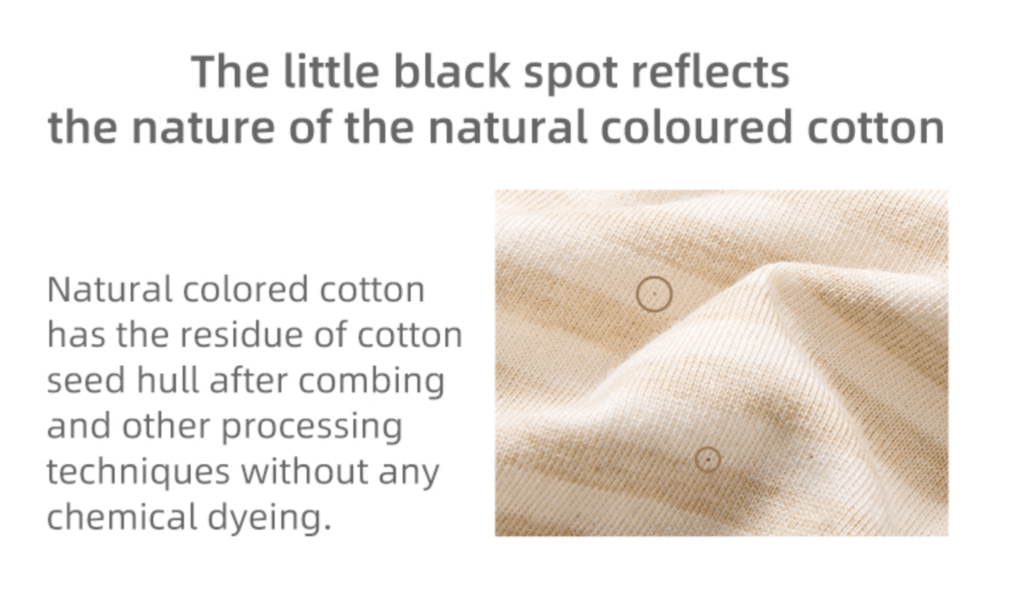
At Bjarni, we can shout it from the rooftops that all of our clothing is made from 100% organic cotton. Making it a sustainable, softer and cuddlier material to use in baby clothing. So, what exactly is organic cotton?
The main difference between standard cotton and organic cotton is the way that it is harvested and produced to mass. Organic cotton is grown using methods and materials that have a much lower impact on our environment. In the production of our organic cotton, no pesticides or dyes are used in the entire process from start to finish. In the reduction or in our case, total exemption of pesticides, this helps to maintain soil fertility and build biologically diverse agriculture.

Third Party Certification – GOTS
Third party certification organisers can verify where producers use only methods and materials that allow organic production. As you will see across our website, all of our products carry a GOTS certification. The Global Organic Textile Standard (GOTS) is the worldwide leading textile processing standard for organic fibres, including ecological and social criteria, backed up by independent certification of the entire textile supply chain.
Organic cotton is also far softer than its traditional counterpart, this is because of the longer fibres. Where organic cotton is handpicked, this ensures that these fibres don’t get weakened or split, the result is softer, far more durable products. Where regular cotton is in higher demand, it is usually machine picked to handle the demand. During machine picking, this doesn’t maintain the purity of the fibres and damages cotton fibres in the process which leads to waste, and damage.
The little black spots that you may spot on the clothing reflect the nature of the natural coloured cotton. Natural coloured cotton has the residue of cotton seed hull after combing and other processing techniques without any chemical dyeing.

In case you need anymore persuasion to the huge ecological benefits that organic cotton brings, let’s see the differences between organic and traditional cotton…
Traditional Vs Organic Cotton
| Traditional Cotton | Organic Cotton |
| 16% of the worlds insecticides, and 10% total pesticides are used, poisoning people and the environment. | Hazardous pesticides are banned in the production of organic cotton. |
| High energy and water use. | Less energy and water use. |
| Cotton is usually grown as a mono crop, destroying soil quality. | Organic cotton is grown alongside food which feeds the farmers. |
| There are no mandatory checks at conventional factories. | All factories are regularly inspected. |
| Tests on clothes revealed traces of toxic dyes, which could be absorbed through the skin. | GOTS certification covers all stages, from field, to retail. |
| These may cause allergies, rashes and respiratory problems. Babies are more vulnerable as they are still growing. | Allergenic, carcinogenic or toxic chemical residues are NOT allowed in GOTS certified clothes. |
As you can see, organic cotton production and processing delivers proven benefits to every person in the supply chain, including the world around us. One simple change, can make a huge difference. Your little baby bears skin will thank you for it too! Superior softness, always.
We hope you love your Bjarni baby clothing as much as we enjoy producing it for your baby bears. Keep an eye on our Instagram for more on our #BjarniJourney.